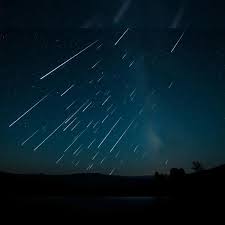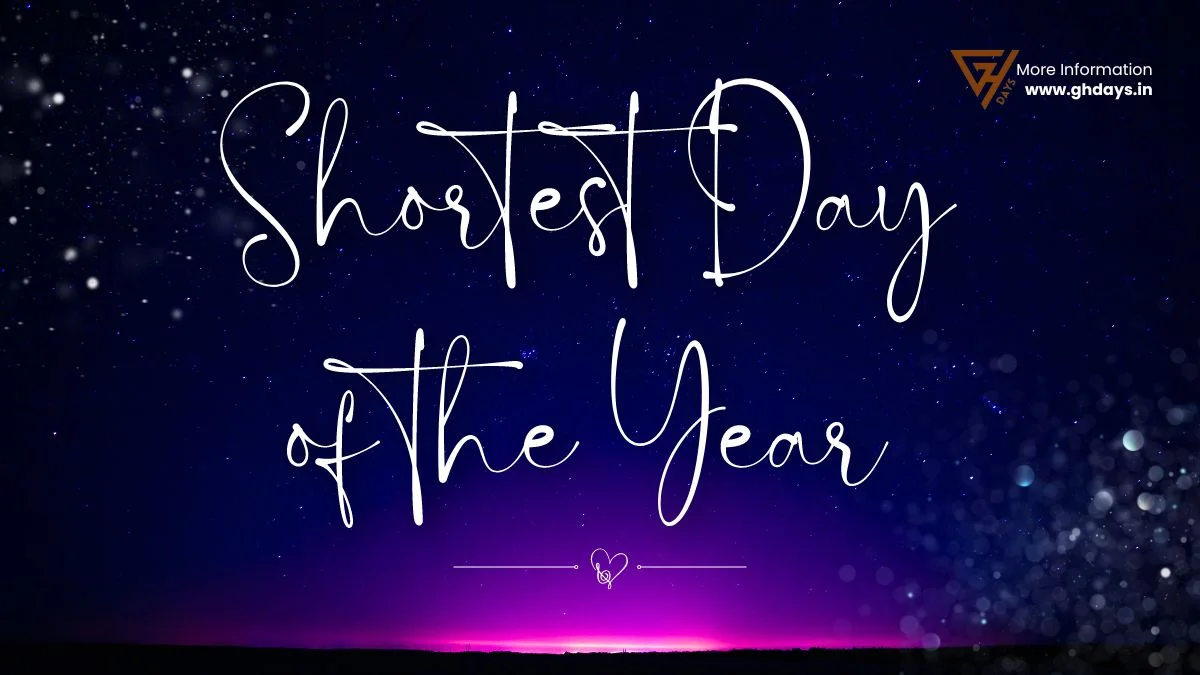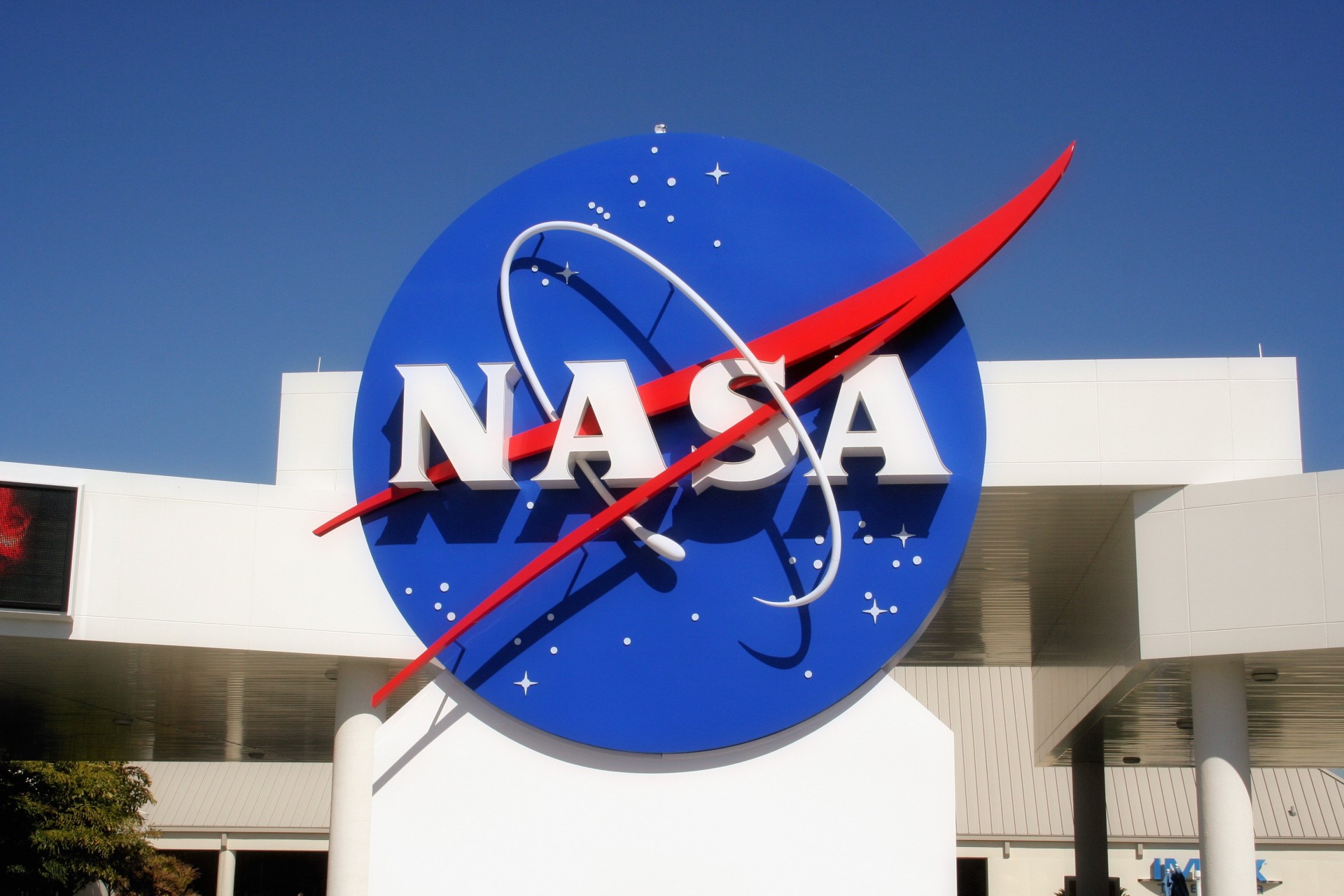
Introduction to the Perseid Meteor Showers
The Perseid meteor showers, one of the most anticipated astronomical events, will peak around mid-August. Each year, thousands of stargazers flock to dark skies to witness the brilliant display of meteors, making it a significant event in the astronomical calendar. The Perseids occur when the Earth travels through the debris left by the Swift-Tuttle comet, resulting in streaks of light that can be seen from many parts of the world. This year, with the ideal viewing conditions, the event promises to be even more spectacular.
A Brief History and Named Origins
The Perseids have been observed for nearly 2,000 years, with historical records indicating their appearance as early as 36 AD. The meteor shower derives its name from the constellation Perseus, from which the meteors appear to radiate. The peak activity generally occurs between August 11 and 13, with this year expected to deliver up to 100 meteors per hour under ideal conditions.
2023 Viewing Conditions
This year, skywatchers are in for a treat as the full moon will only marginally interfere on the peak nights, allowing for better visibility. Astronomers recommend finding a dark spot away from urban light pollution for optimal viewing and suggest bringing binoculars or a telescope to enhance the experience, though the meteor shower can also be enjoyed with the naked eye. Peak activity is expected between midnight and dawn.
Significance of the Perseid Meteor Showers
Aside from being a visual delight, the Perseid meteor showers offer numerous benefits to scientists and space enthusiasts. They provide critical insights into the composition of comet debris and the dynamics of space. Additionally, they serve as a means to promote public interest in astronomy and space exploration. Educational institutions often use these celestial events to engage students, fostering a greater appreciation for science and the universe.
Conclusion: Awaiting the Wonders Above
As the Perseid meteor showers approach, anticipation builds among amateur astronomers and nature enthusiasts alike. With relatively stable weather patterns predicted for the peak dates, more individuals may enjoy the phenomenal spectacle. The event not only captivates onlookers but also reinforces the ongoing exploration of our universe. This year, be sure to look up and find a comfortable spot to witness the brilliance of the Perseids, as such cosmic phenomena remind us of the wonders of our universe.
You may also like

Understanding When is the Shortest Day of the Year

The NASA Predictions for the Longest Solar Eclipse
